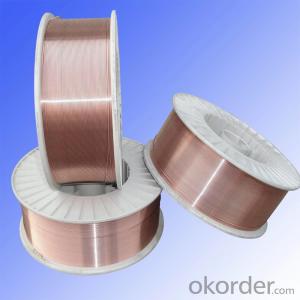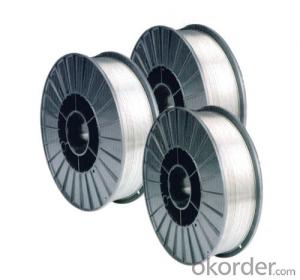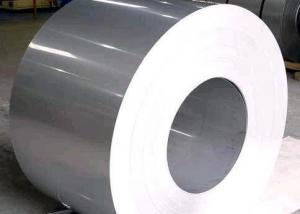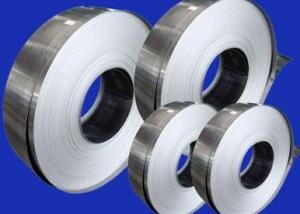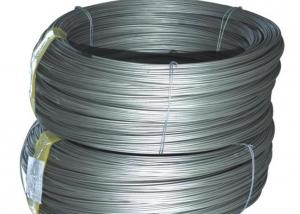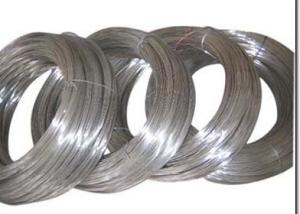Brass Steel Welding Wire/ Strip for Building
- Loading Port:
- Qingdao
- Payment Terms:
- TT OR LC
- Min Order Qty:
- 10 m.t.
- Supply Capability:
- 1000 m.t./month
OKorder Service Pledge
OKorder Financial Service
You Might Also Like
Brass Steel Welding Wire/ Strip for Building
Quick information:
AWS A5.18 ER70S-6
1) Copper coated
2) All position welding
3) Shield gas : CO2
4)Material: Carbon Steel
5)Diameter: 0.8mm-1.6mm
6)Weight: 15kg/spool, 100kg/barrel, 250kg/barrel
7)Flux Content: Without flux
8)Shield GAS: CO2
Specification:
| C | Mn | Si | S | P | Ni | Cr | Mo | V | Cu | |
| Standard | 0.06-0.15 | 1.40-1.85 | 0.80-1.15 | ≤0.035 | ≤0.025 | ≤0.15 | ≤0.15 | ≤0.15 | ≤0.03 | ≤0.50 |
| Typical | 0.078 | 1.53 | 0.85 | 0.01 | 0.011 | 0.029 | 0.022 | 0.008 | 0.010 | 0.12 |
Characteristics:
All products of welding wire were produced by German equipment.
Advanced technologies with advanced equipment.
FAQ:
Gas-shielded welding wires utilize Co2,argon-rich gas and argon gas as the shielding gases with high production efficiency.Large current may be used during welding to achieve droplet transfer,wiht large melting coefficient of wire, excellent depth of welding penetration on material, little melting residues,high-density current, concentrated heat, small heating area, little distortion of work pieces after welding, etc.
Because of low content of hydrogen in the seam,cold cracking is rare. Good visibility of electric arc facilitates full-position welding and welding at other positions.
Main Applications:Welding of various 500Mpa structural steel components;welding of various 500Mpa plates and pipes;full-position welding with a wide range of current.
Pictures:
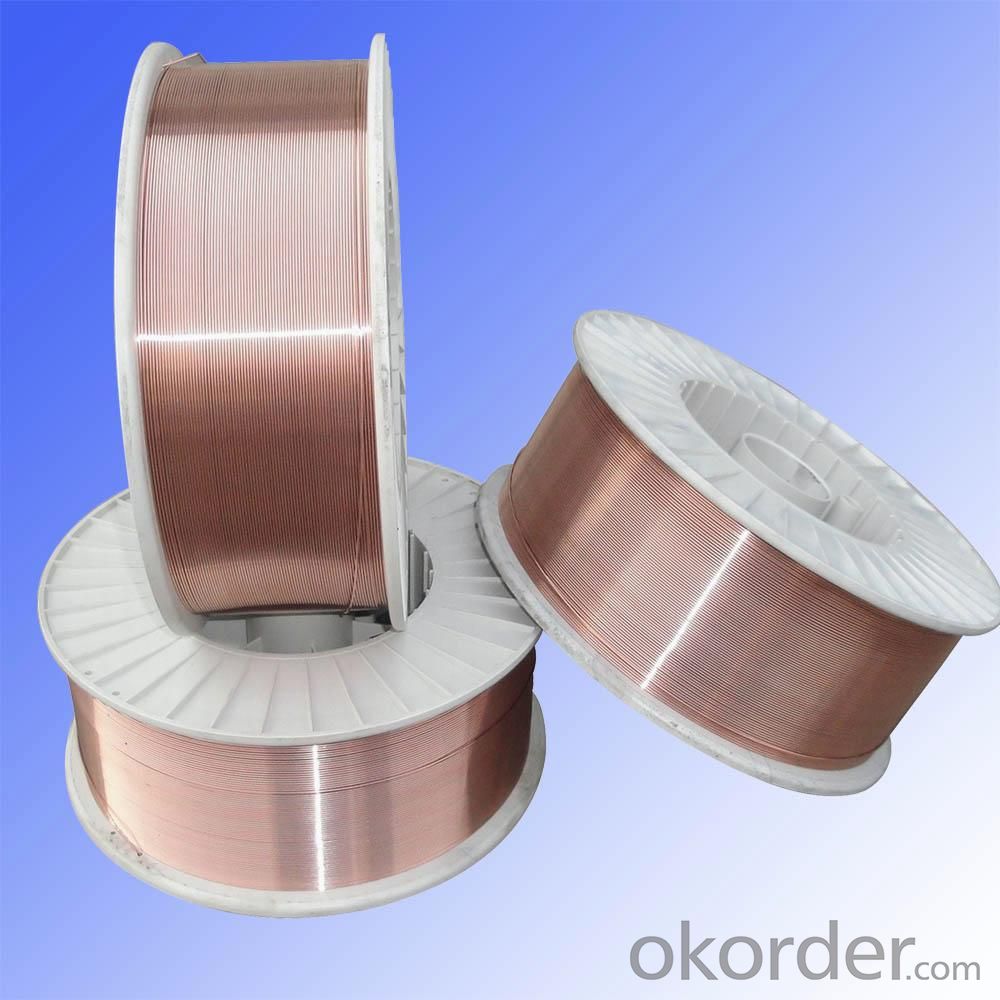
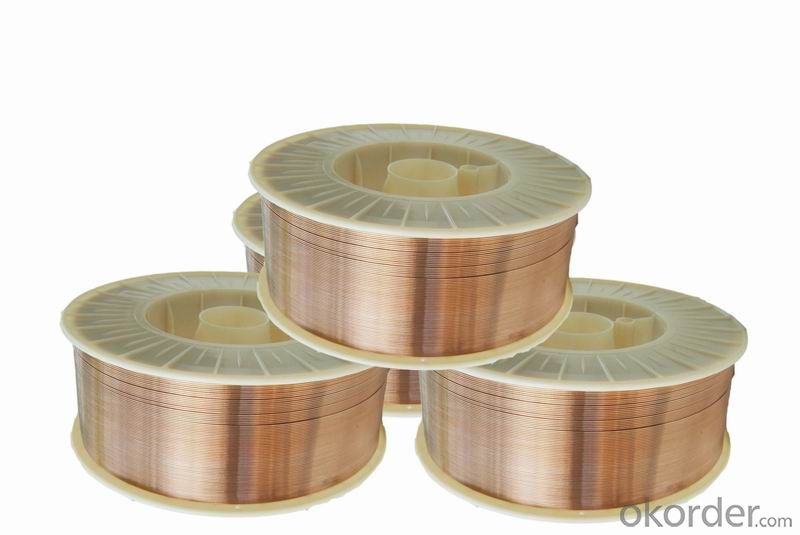
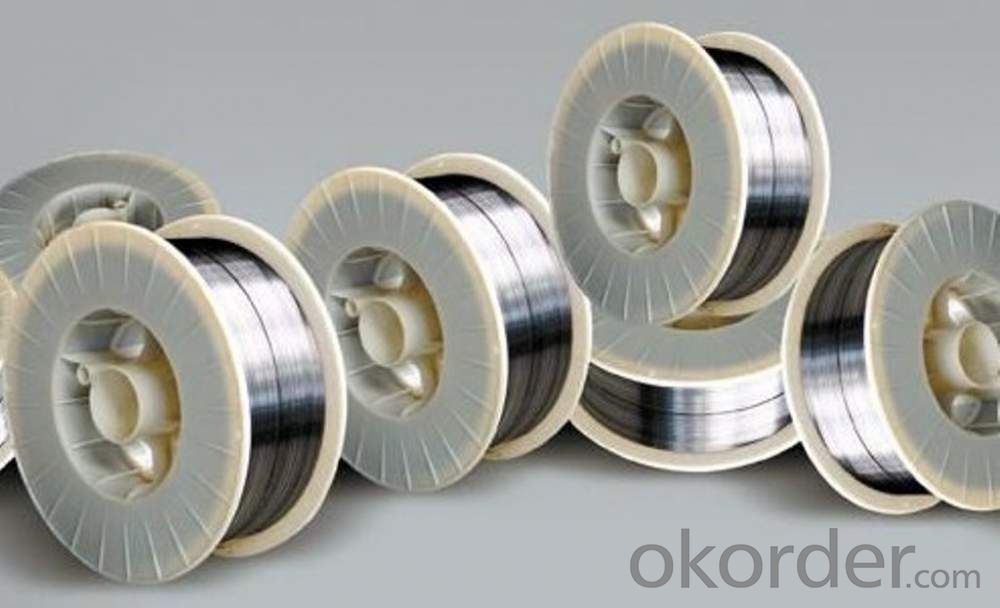
- Q:What are the different types of stainless steel wire connectors for plumbing?
- There are several different types of stainless steel wire connectors for plumbing, each designed to serve different purposes and meet specific needs. Here are some common types: 1. Compression fittings: These connectors consist of a compression nut, a ferrule, and a compression ring. They are used to connect two pipes together by creating a tight seal through compression. 2. Push-to-connect fittings: These connectors are designed for quick and easy installation. They feature a push-fit mechanism that allows the pipes or tubing to be easily inserted and securely connected without the need for additional tools. 3. Threaded fittings: These connectors have threads on the inner surface, allowing them to be screwed onto pipes or fittings with matching threads. They provide a secure and leak-proof connection when properly tightened. 4. Flared fittings: These connectors have a flared end that is inserted into a flared fitting, creating a tight seal. They are commonly used in applications that require high pressure or where the pipes need to be easily disconnected and reconnected. 5. Barb fittings: Also known as hose barb fittings, these connectors have a barbed end that is inserted into a hose or tubing. They are secured with a clamp or a crimping tool, providing a reliable connection. 6. Quick-connect fittings: These connectors are designed for quick and easy disconnection and reconnection. They feature a push-button or a twist-lock mechanism that allows for fast and convenient attachment and detachment of pipes or hoses. 7. Camlock fittings: These connectors are widely used in industrial settings. They consist of a male and female coupling with grooves that interlock, creating a secure connection. They are commonly used for transferring fluids or gases. It is important to choose the right type of stainless steel wire connector based on the specific plumbing application, taking into consideration factors such as pressure, temperature, and compatibility with the plumbing system.
- Q:What are the different types of stainless steel wire for different levels of conductivity?
- There are several different types of stainless steel wire available, each with varying levels of conductivity. 1. Austenitic Stainless Steel Wire: This type of stainless steel wire is commonly used in applications that require a high level of corrosion resistance. While it offers good mechanical properties, it has a relatively low electrical conductivity compared to other types of stainless steel wire. 2. Ferritic Stainless Steel Wire: Ferritic stainless steel wire is known for its magnetic properties and offers good resistance to corrosion. However, it has a lower electrical conductivity compared to austenitic stainless steel wire. 3. Martensitic Stainless Steel Wire: Martensitic stainless steel wire is characterized by its high strength and hardness. It has moderate corrosion resistance and relatively low electrical conductivity. 4. Duplex Stainless Steel Wire: Duplex stainless steel wire combines the properties of both austenitic and ferritic stainless steels. It offers good corrosion resistance and moderate electrical conductivity. In general, if high electrical conductivity is a requirement, other materials like copper or aluminum wires may be more suitable. However, stainless steel wires can still be used in certain applications where corrosion resistance and durability are more important factors.
- Q:What are the different types of stainless steel wire diameters?
- Stainless steel wire diameters come in various types, each tailored to specific needs and uses. In industries like aerospace, automotive, construction, and medical, the most common diameters range from 0.012 inches to 0.125 inches (0.3mm to 3.175mm). For more delicate tasks, smaller diameter wires between 0.012 inches and 0.030 inches (0.3mm to 0.76mm) are preferred. These slender wires find their application in jewelry making, weaving, and electronics. Medium-sized stainless steel wires, with diameters of 0.031 inches to 0.062 inches (0.79mm to 1.57mm), are commonly used for springs, fasteners, and mesh screens. When it comes to heavy-duty applications, larger diameter wires ranging from 0.063 inches to 0.125 inches (1.6mm to 3.175mm) are employed. These wires serve purposes like structural supports, reinforcement, and industrial mesh. It's worth noting that these are just a few examples of standard stainless steel wire diameters, as custom sizes can be manufactured to meet specific requirements. The choice of wire diameter depends on factors such as strength, flexibility, corrosion resistance, and the intended application.
- Q:What are the different types of stainless steel wire rope clips?
- There are several different types of stainless steel wire rope clips available on the market. These types include standard wire rope clips, u-bolt wire rope clips, and saddle wire rope clips. 1. Standard wire rope clips: These are the most commonly used type of stainless steel wire rope clips. They consist of a saddle, a u-bolt, and two nuts. The saddle is placed over the wire rope, the u-bolt is threaded through the holes in the saddle and around the wire rope, and the nuts are tightened to secure the wire rope in place. 2. U-bolt wire rope clips: These wire rope clips have a u-shaped bolt that is threaded through the holes in the saddle and around the wire rope. They are often used in applications where a higher load capacity is required, as they provide a more secure grip on the wire rope. 3. Saddle wire rope clips: These wire rope clips consist of a saddle and two nuts, but do not have a u-bolt. Instead, the nuts are threaded directly onto the threaded ends of the saddle. They are typically used in applications where the wire rope needs to be tightly secured and the load capacity is not as high as with u-bolt wire rope clips. It is important to note that the type of stainless steel used in the construction of these wire rope clips can also vary. Common types of stainless steel used include 304 and 316 stainless steel, with 316 stainless steel being more corrosion-resistant and suitable for use in marine environments or applications where exposure to harsh chemicals is a concern.
- Q:Can stainless steel wire brushes be used for cleaning bathroom fixtures?
- Indeed, bathroom fixtures can be effectively cleaned using stainless steel wire brushes. These brushes possess durability and powerful bristles that excel at eliminating dirt, grime, and mineral deposits from fixtures like faucets, showerheads, and drains. Nevertheless, it is crucial to select the suitable size and bristle stiffness for each fixture to prevent any scratching or surface damage. Moreover, it is advised to test the brush on a small, inconspicuous area prior to extensive usage to verify its harmlessness.
- Q:Can stainless steel wire be used for wire rope slings?
- Yes, stainless steel wire can be used for wire rope slings. Stainless steel wire has excellent strength, corrosion resistance, and durability, making it an ideal choice for various applications, including wire rope slings. Stainless steel wire rope slings are commonly used in industries such as construction, shipping, mining, and oil and gas. They are known for their ability to withstand harsh environments, resist corrosion, and offer reliable lifting and hoisting capabilities. Additionally, stainless steel wire rope slings have a long lifespan, making them a cost-effective and reliable option for heavy-duty lifting operations. However, it is important to ensure that the stainless steel wire rope sling is properly maintained and inspected regularly to ensure safe usage and compliance with relevant safety standards.
- Q:What is the maximum continuous operating temperature for stainless steel wire?
- The maximum continuous operating temperature for stainless steel wire varies depending on the specific grade of stainless steel. However, most stainless steel wires can typically withstand temperatures ranging from 1,000 to 1,400 degrees Fahrenheit (538 to 760 degrees Celsius) without experiencing significant degradation or loss of mechanical properties.
- Q:What are the different types of stainless steel wire rope end fittings?
- There are several different types of stainless steel wire rope end fittings, including swage fittings, thimble fittings, turnbuckle fittings, and wire rope clips.
- Q:Can stainless steel wire be used for netting or mesh?
- Yes, stainless steel wire can be used for netting or mesh. Stainless steel is a popular choice for netting and mesh due to its high durability, corrosion resistance, and strength. It is commonly used in various applications such as safety barriers, fencing, and filtration systems.
- Q:Is stainless steel wire suitable for wire rope clips?
- Indeed, wire rope clips are well-suited for stainless steel wire. Renowned for its formidable strength and resistance to corrosion, stainless steel proves an exceptional option for diverse applications, wire rope clips included. These clips serve the purpose of fastening wire rope ends together or affixing fittings to the rope. Given the need to endure substantial loads and endure harsh environmental elements, stainless steel wire offers the essential durability and corrosion resistance. By utilizing stainless steel wire rope clips, one guarantees the enduring and dependable performance of the wire rope assembly.
1. Manufacturer Overview |
|
|---|---|
| Location | |
| Year Established | |
| Annual Output Value | |
| Main Markets | |
| Company Certifications | |
2. Manufacturer Certificates |
|
|---|---|
| a) Certification Name | |
| Range | |
| Reference | |
| Validity Period | |
3. Manufacturer Capability |
|
|---|---|
| a)Trade Capacity | |
| Nearest Port | |
| Export Percentage | |
| No.of Employees in Trade Department | |
| Language Spoken: | |
| b)Factory Information | |
| Factory Size: | |
| No. of Production Lines | |
| Contract Manufacturing | |
| Product Price Range | |
Send your message to us
Brass Steel Welding Wire/ Strip for Building
- Loading Port:
- Qingdao
- Payment Terms:
- TT OR LC
- Min Order Qty:
- 10 m.t.
- Supply Capability:
- 1000 m.t./month
OKorder Service Pledge
OKorder Financial Service
Similar products
New products
Hot products
Hot Searches
Related keywords

